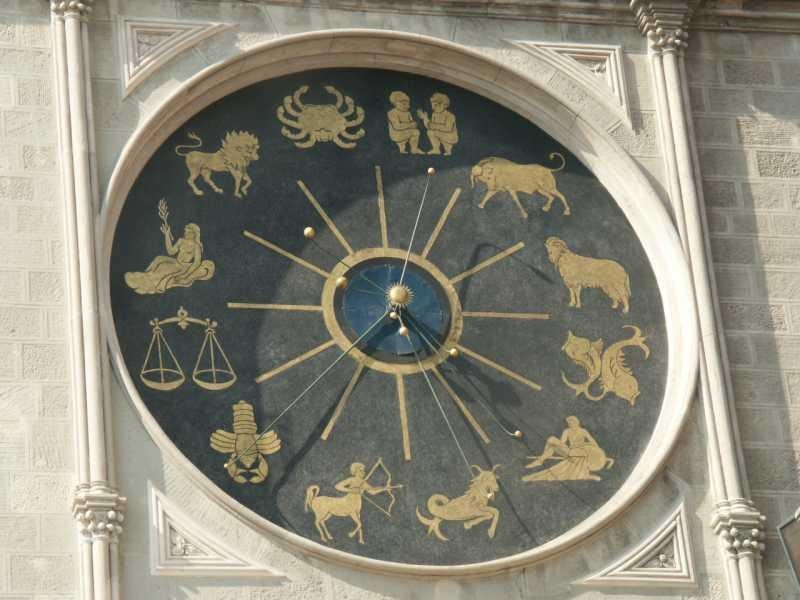Orologio Astronomico (Campanile del Duomo)
Astronomical Clock is part of the Cathedral of Messina. Integrated into the bell tower, it is the most characteristic element. It was built in 1933. The technique was devised by Frédéric Klinghammer based on the mechanisms of the clock in Strasbourg, while the art is based on the designs of Théodore Ungerer. It is the largest and most complex astronomical clock in the world. The side facing the square has complex allegorical figures: the lowest level shows the days of the week followed by the four stages of life, symbolized by the figures of their age; higher, on the second floor, some biblical scenes and the Madonna of the Letter, Patroness of Messina. The side facing the Cathedral, however, reproduces real sidereal phenomena: a perpetual calendar inscribed in elegant dial; higher, a model of the solar system that reproduces the orbits of the planets around the sun. On the square, mechanisms more closely linked to the function of the bell tower. Given the height, the figures have dimensions greater than those of the first floors. It is still shooting allegorical representation, this time referring to the history of Messina. The whole mechanism is the sum of different parts driven by the central block. Over time, mechanical systems for the production of the lion's roar and the crowing of the cock have been replaced by increasingly sophisticated sound systems, able to reproduce a more realistic sound but less craftsmanship.



